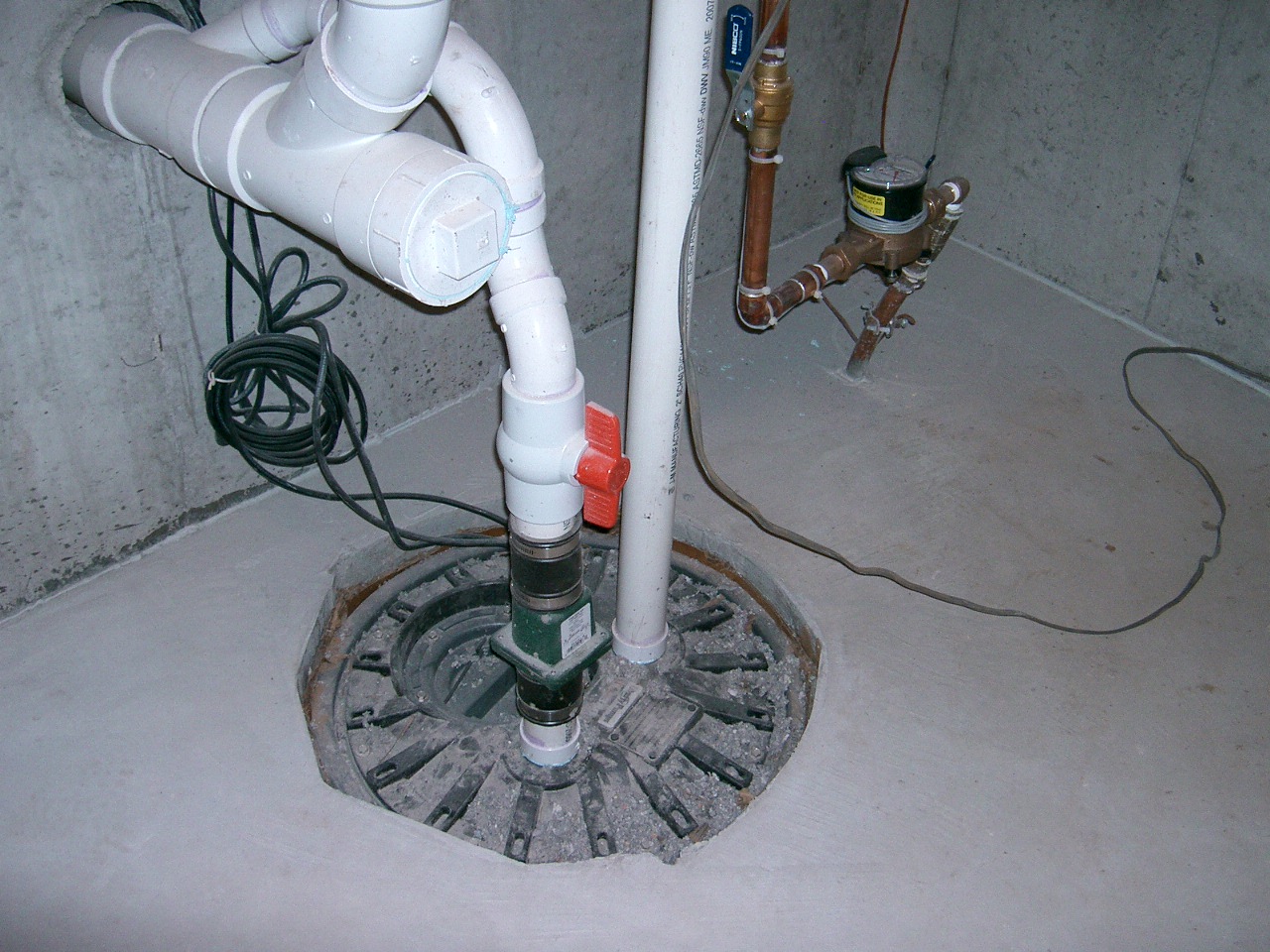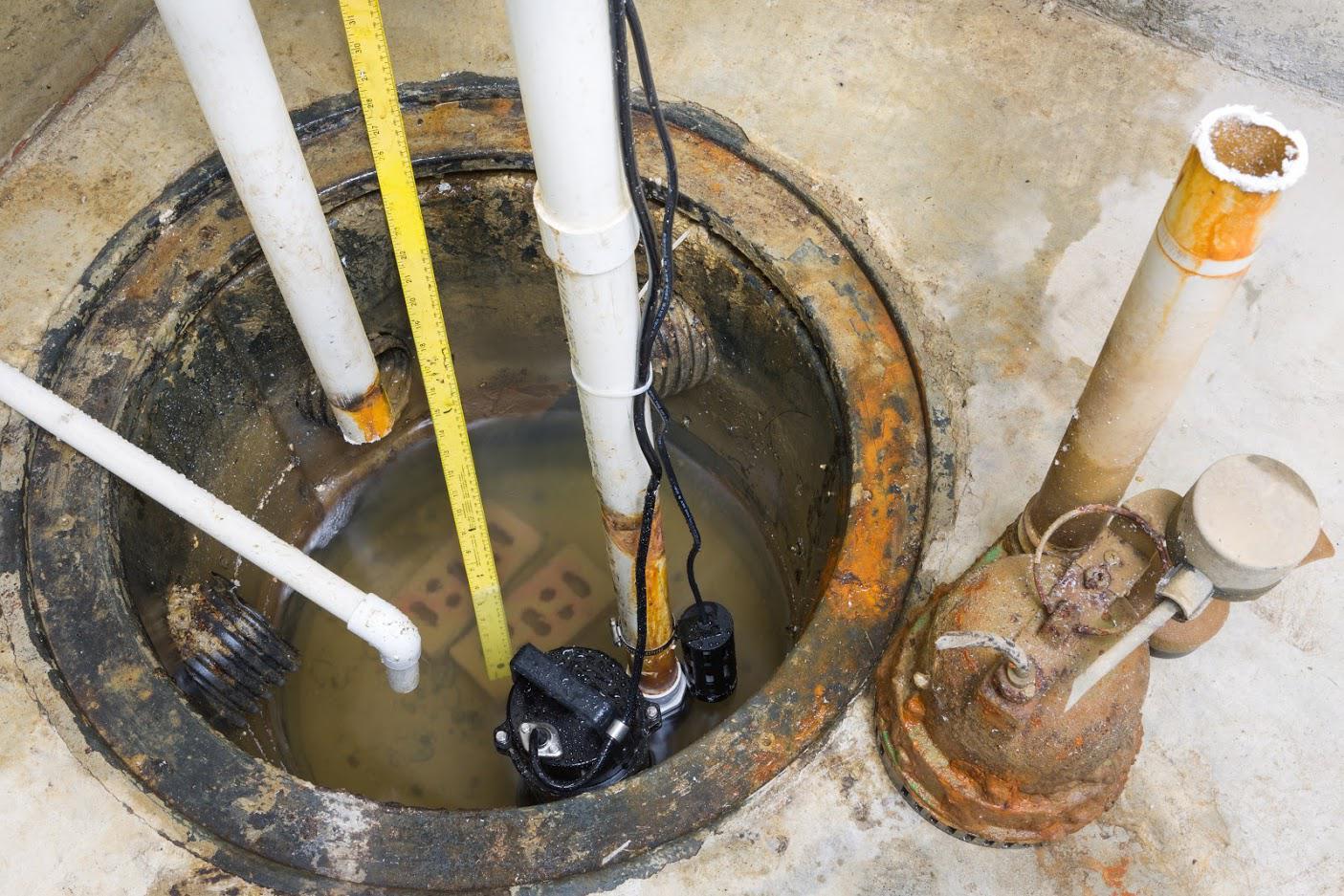Practical Techniques for Maintaining Your Sump Pump
Practical Techniques for Maintaining Your Sump Pump
Blog Article
Have you been in search of know-how around Keep Your Sump Pump Clean, It'll Keep You Dry?

Sump pumps are essential elements in many homes, especially in locations prone to flooding or excessive moisture. They help avoid water damage by effectively removing excess water from cellars or crawl spaces. Nonetheless, like any other device, sump pumps call for routine maintenance to guarantee they operate effectively when required one of the most. Cleansing your sump pump is an essential part of its maintenance, and comprehending how to do it properly can conserve you from costly repairs and potential calamities.
Introduction
Maintaining a tidy sump pump is essential for its correct functioning and longevity. Ignoring this crucial task can cause blockages, malfunctions, and eventually, water damage to your building. Therefore, discovering exactly how to clean up a sump pump is vital for home owners that rely on these devices to maintain their cellars completely dry and secured.
Recognizing the Sump Pump
Before diving into the cleansing procedure, it's necessary to have a basic understanding of just how a sump pump works. Normally mounted in a pit or container below the basement flooring, a sump pump includes numerous essential components, consisting of a pump, a float switch, and a discharge pipeline. When water builds up in the pit, the float button turns on the pump, which then pumps the water out with the discharge pipeline, away from the building's structure.
Signs of a Dirty Sump Pump
Knowing when your sump pump requires cleansing is critical for stopping prospective breakdowns. Some usual indicators that show a filthy sump pump include weird sounds during operation, decreased water flow, and visible debris in the pit. If you observe any of these symptoms, it's essential to cleanse your sump pump without delay to stay clear of any kind of further concerns.
Getting ready for Cleansing
Before you start cleaning your sump pump, it's necessary to take some security preventative measures. Begin by shutting off the power to the pump to stay clear of any kind of electrical crashes. Additionally, put on proper protective gear, such as gloves and safety glasses, to safeguard yourself from dust, debris, and potential pathogens.
Detailed Overview to Cleaning a Sump Pump
Shutting down the Power
Begin by separating the power supply to the sump pump to avoid any accidents while cleansing.
Getting Rid Of Particles and Dust
Use a container or an inside story to get rid of any noticeable particles, dust, or debris from the sump pit. Dispose of the debris appropriately to stop it from obstructing the pump or the discharge pipe.
Cleaning the Pump and Drift Change
As soon as the pit is free from debris, carefully remove the pump from the pit. Check the pump and the float switch for any kind of signs of damage or wear. Make use of a soft brush or cloth to clean the surface areas and get rid of any type of gathered grime.
Flushing the System
After cleaning up the pump and float button, purge the sump pit with clean water to get rid of any staying dirt or debris. This will aid make sure that the pump operates efficiently and effectively.
Checking for Proper Functioning
Before re-installing the pump, perform a fast test to make sure that the float button turns on the pump appropriately. Put some water right into the sump pit and observe the pump's operation. If everything is working properly, you can reassemble the pump and reconnect the power supply.
Maintenance Tips to Keep Your Sump Pump Clean
Along with routine cleaning, there are numerous maintenance suggestions you can comply with to keep your sump pump in optimum condition:
Conclusion
Cleaning your sump pump is an essential element of its maintenance and ensures that it operates efficiently when you need it the most. By following the steps laid out in this overview and incorporating normal upkeep into your regimen, you can expand the lifespan of your sump pump and protect your home from water damages.
6 STEPS ON HOW TO CLEAN A SUMP PUMP PROPERLY
UNDERSTANDING SUMP PUMPS
Your sump pump plays a crucial role in protecting your home by managing and removing excess water. It primarily functions as a “shield”, guarding your basement against the damaging effects of water accumulation. The pump is housed in a sump pit in the lowest part of your basement, and its job is to pump out any water that collects there.
During heavy rainfalls or when snow melts rapidly, water can infiltrate your basement, posing potential risks like flooding, structural damage, and harmful mold growth. Here, the sump pump springs into action, pumping out the intruding water and directing it away from your home.
SAFETY FIRST
Before cleaning, remember to prioritize safety. Disconnect the sump pump from the power source to prevent any accidental electric shocks. Also, wear sturdy gloves to protect your hands from any sharp or dirty components within the pump.
REMOVE THE SUMP PUMP
After ensuring your safety, the next step is to remove the sump pump from its pit. Doing this might require careful maneuvering as you don’t want to damage any pump components. Once removed, clean the sump pit to remove any accumulated debris or sludge.
INSPECT THE PUMP
Inspect the pump for any visible signs of wear or damage. Check the power cord, float switch, and impeller housing. If any components look worn out or damaged, consider replacing them to ensure optimal performance.
CLEAN THE PUMP
Thoroughly clean the pump with warm, soapy water. Make sure to rid it of any dirt, gravel, or other debris that might impede its performance. You can use a toothbrush to clean the small, hard-to-reach parts of the pump.
REINSTALL THE SUMP PUMP
Reinstall the pump into the sump pit Make sure it’s positioned correctly to remove the water effectively Once it’s back in place, reconnect it to the power source TEST THE PUMP
Finally, pour some water into the pit to ensure the pump works correctly. It should start automatically and begin pumping out the water; if it doesn’t, check the power source and the positioning of the pump.
Remember, while cleaning your sump pump is an essential part of home maintenance, hiring a professional plumber for a thorough inspection and cleaning at least once a year is also important. This will ensure that your pump is in optimal condition, ready to protect your home from potential water damage.
BEST PRACTICES FOR CLEANING SUMP PUMP DISCHARGE PIPES
Regular Inspection: Regularly inspect your discharge pipes, especially during heavy rainfall or snowmelt periods. Look for any signs of blockage or damage. Early detection of problems can prevent serious issues down the line. Periodic Cleaning: Over time, sediment and debris can accumulate in the discharge pipes, impeding the flow of water. Regular cleaning helps keep the pipes clear and functioning efficiently. You can use a high-pressure water jet to effectively clean the pipes. Insulation During Winter: In colder climates, discharge pipes can freeze, blocking the outflow of water. Protect your discharge pipes from freezing temperatures by insulating them with foam pipe insulation. This will ensure the sump pump can continue to discharge water even in freezing conditions. Proper Positioning: The discharge pipe should be positioned to direct water away from your home’s foundation. Improper positioning can lead to water seeping back into the basement. Ensure the pipe is long enough and angled correctly. Installation of a Check Valve: A check valve prevents water from flowing back into your sump pit after the pump has pushed it out. Installing a check valve helps maintain the efficiency of your sump pump and reduces the risk of flooding. Minimize Pipe Turns: Every curve or turn in the discharge pipe can decrease the efficiency of water flow. By minimizing turns and bends in your discharge pipe, you can increase the efficiency of your sump pump. https://www.fullspeedplumbing.com/how-to-clean-a-sump-pump-properly9999/

I was shown that article on How to Care for Your Sump Pump through someone on a different web blog. If you liked our blog posting kindly be sure to share it. We love your readership.
Click Here To Find Out More Report this page